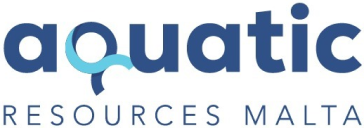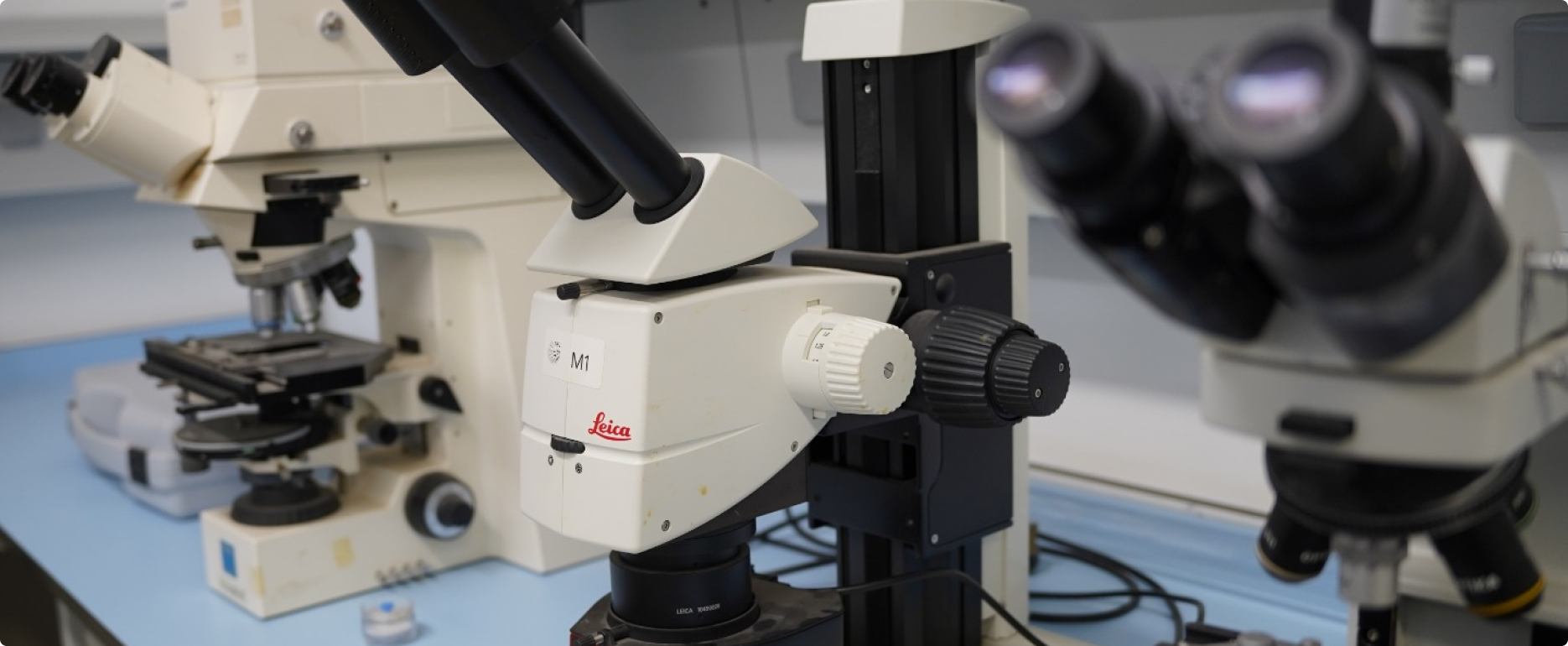
━━━━ Facilities
Aquatic Resources Malta facilities.
At Aquatic Resources Malta, we pride ourselves on having comprehensive facilities that support our extensive research and development in the field of aquaculture and fisheries science. Our infrastructure includes a variety of specialized tanks and laboratories, each tailored to facilitate research, innovative experiments and pilot projects. These facilities are integral to our mission of advancing sustainable fisheries and aquaculture practices and contributing to the scientific community. From our pilot-scale marine hatchery to our advanced wet and dry labs, ARM is equipped to handle a wide range of research activities, ensuring optimal conditions for the health and growth of marine species. Explore our detailed facilities to understand how we are pioneering the future of aquaculture and marine conservation.
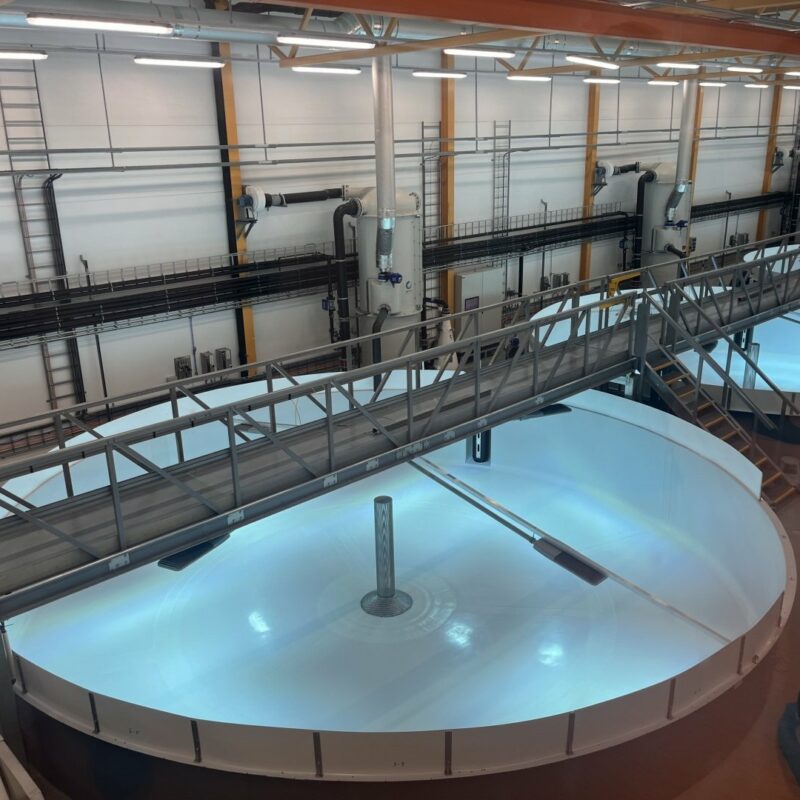
Broodstock:
The broodstock section consists of one 28m squared rectangular tank, three 16m squared rectangular tanks and four 9m squared rectangular tanks that have been used over many years for broodstock of the Gilthead Sea bream, European sea bass, the greater amberjack, meagre, octopus and white sea bream.
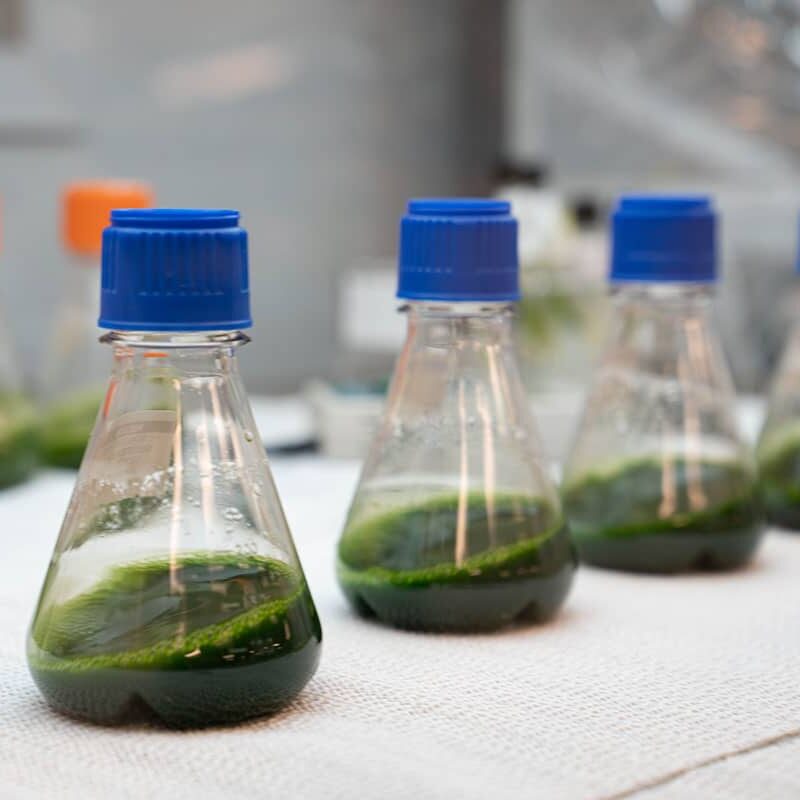
Live feed production:
The live feed section is divided into three main sections, all equipped to produce microalgae, rotifers and artemia. The seawater in this section is sand filtered, 1 micron filtered, and UV filtered. Microalgae are produced in flasks and plastic bags, with different sizes up to approximately 400L.
Rotifers can be grown and enriched in 1m squared conical fibreglass tanks under controlled environmental conditions. Nine of these tanks are available.
Artemia can be hatched and enriched in 1m squared tanks. For both artemia and rotifer sections, a number of 80L conical free-standing tanks are available for smaller scale trial experiments.

Larval rearing:
There are two sections for larval rearing, containing different sized tanks. The main section consists of nine 5m squared circular fibreglass tanks, and the latter consists of nine 2.5m squared circular fibreglass tanks.
These are adequate for use in all marine fish species. This section also consists of egg incubators. As in the Live Feed Section, the seawater is sand filtered, 1 micron filtered, and UV filtered.
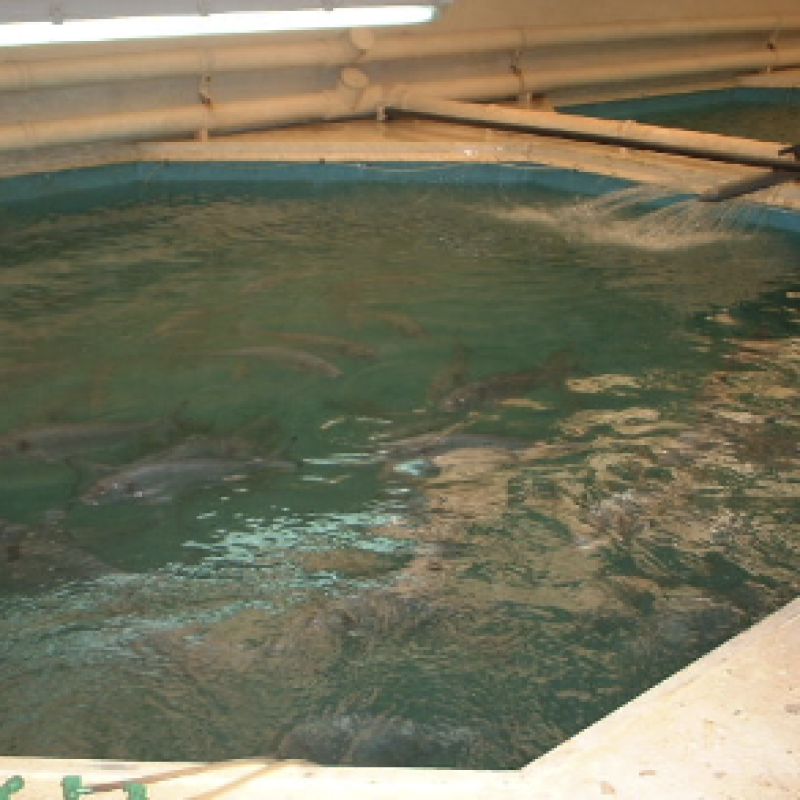
Nursery:
The nursery sections consist of seven 7m squared fibreglass tanks and seven 14m squared octagonal concrete tanks that are housed in different sections behind the Administration offices. These tanks can also be used for on-growing trials for all marine species.

Other areas:
There are more sections with different sized tanks in different parts of ARM. These include a number of 250L rectangular fibreglass tanks that can be used for various studies on different fish species or invertebrates.
Moreover, there are another two sections that contain glass aquaria and 80L round conical fibreglass tanks. These are ideal for a variety of studies, such as invertebrate studies, live feed trials or other trials on protected species. In addition, there is a mini-RAS system that is designed for sea urchin propagation, along with another area utilised for conservation aquaculture research projects currently used for the killifish conservation project.
━━━━ Laboratories
Aquatic Resources Malta laboratories.
The wet lab within the Aquatic Resources Malta (ARM) is used for data collection and research related to fisheries. In the laboratory biological parameters including length, weight, sex and maturity are taken for further data handling and reporting for various governing bodies and data calls. Head and stomach extraction for age reading and stomach content analysis on certain species is done as well. Equipment such as balances, rulers and calipers are used for every day running of the lab.
In our aquaculture facility, the use of dry labs and associated equipment is integral to our research and operational activities. We perform water quality testing using advanced tools such as spectrophotometers and handheld meters to ensure optimal conditions for cultured species. Our processes include fish tissue sampling and preparation to monitor health and growth, alongside basic microscopy for analysis of biological specimens. Additionally, we carry out drying procedures and prepare specialized feed to meet the nutritional needs of various species.
We also utilize a freeze dryer for processing different samples and feed, a direct mercury analyzer for precise detection of mercury levels, and a Soxhlet fat extractor for accurate measurement of lipid content. These meticulous practices in our dry labs are crucial for maintaining the high standards of our aquaculture operations and supporting our ongoing research initiatives.
